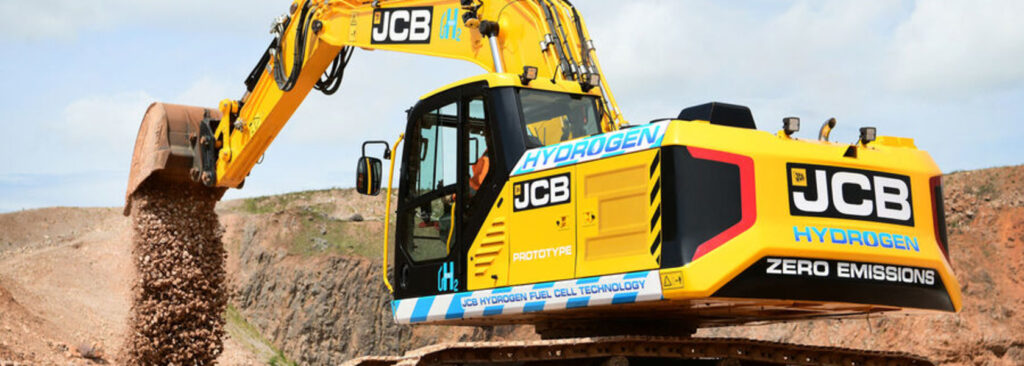In a groundbreaking move towards sustainability and reducing carbon emissions in the construction industry, the Element One project, led by Bam, has secured a significant grant of £4,872,653 from the Department for Energy Security & Net Zero. This initiative aims to explore the potential of hydrogen as a clean alternative to diesel on construction sites, marking a significant step towards a more eco-friendly future for the sector.
What is the Element One Project?
The Element One project’s primary objective is to adapt and develop dual-fuel technology, enabling various construction equipment to operate using hydrogen-fueled generators. This technology not only promises reduced carbon emissions but also addresses the need for sustainable energy solutions in the construction industry.
Building a Hydrogen Supply Chain
One of the key aspects of the Element One project is the creation of a hydrogen manufacturing supply chain. This involves both off-site and on-site hydrogen production, off-grid compression, and storage and distribution systems. By developing a robust supply chain, the project aims to ensure a consistent and reliable source of hydrogen for construction equipment.
Practical Demonstrations on Construction Sites
To prove the feasibility and effectiveness of hydrogen-powered construction equipment, the Element One project plans to carry out practical demonstrations on operational construction sites for a minimum of one month. This real-world testing will help validate the technology’s readiness for broader adoption within the industry.
Collaboration and Expertise
The success of the Element One project hinges on collaboration between various industry experts. Key partners include Bam, Skanska, GeoPura, Reynolds Logistics, NanoSun, ULEMCo, and the Building Research Establishment. Each partner brings unique skills and resources to the table, ensuring a comprehensive approach to this transformative initiative.
Addressing Industry Challenges
The Element One project doesn’t stop at technological advancements. It also aims to address several challenges associated with hydrogen production, supply, and usage. These challenges include skills and training needs, health and safety considerations, and regulatory issues. By tackling these obstacles, the project is paving the way for a smoother transition to hydrogen-powered construction equipment.
Environmental and Productivity Benefits
Beyond reducing carbon emissions, the Element One project will assess the impact on site productivity and emissions compared to conventional diesel-powered equipment. This data will help create a compelling business case for investment in hydrogen technology and contribute to a cleaner, more efficient construction industry.
The Bigger Picture
The Element One project is just one of several research initiatives receiving grants under the Red Diesel Replacement Programme. These efforts, like the one in Belfast involving Terex, Catogen, and Wrightbus, are working towards decarbonizing off-road machinery, showcasing the industry’s commitment to sustainability.
Conclusion
The Element One project represents a significant leap forward in making hydrogen a practical and sustainable alternative to diesel in the construction industry. With collaboration from industry experts and a focus on addressing key challenges, this initiative has the potential to revolutionize the way construction equipment is powered, increasing sustainability and reducing carbon emissions in the construction industry. As it progresses over the next two years, the construction sector can look forward to cleaner, more efficient operations that benefit both the industry and the environment.

